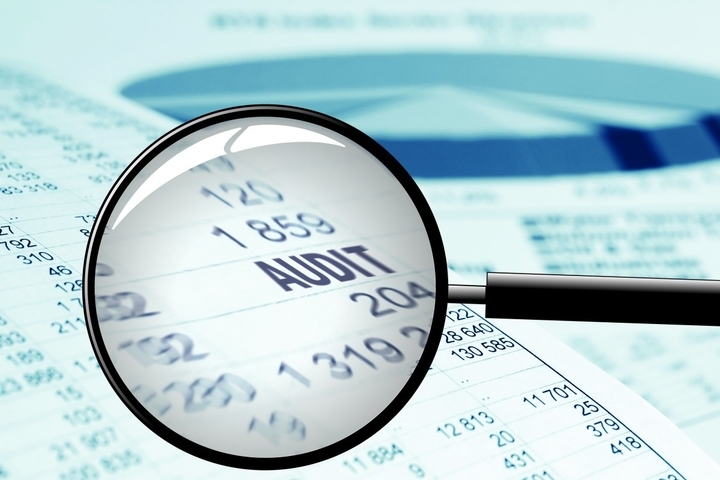The Union Cabinet chaired by the Prime Minister Narendra Modi has approved the draft proposal for the establishment of National Financial Reporting Authority (NFRA).
The main objective of setting up National Financial Reporting Authority is to tighten the regulatory lapse over chartered accountants and seal loopholes.
Role of the National Financial Reporting Authority (NFRA)
- National Financial Reporting Authority (NFRA) will work as an independent regulator for the auditing profession.
- Under the Companies Act 2013, the NFRA will have the power to impose penalties on erring audit firms.
- The main task of the NFRA is to recommend the standards of accounting and auditing, it ensures compliance with them as well as inspect their quality of service.
Power of NFRA
Power to investigate the matters are given:
- They can investigate the wrongdoing by professional Chartered Accountants or CA firms, they not only impose the penalty but also ban the CA or firm for up to 10 years.
- The authority will have powers to investigate chartered accountants and their firms of all listed companies and large unlisted public companies.
- In Case of individuals - The fine can be imposed not less than one lakh rupees which may extend up to five times of the fees received.
- In Case of firms - The fine can be imposed not less than ten lakh rupees which may extend up to ten times of the fees received.

What is the need for NFRA?
- The requirement of NFRA was to strengthen the Financial System of India and to bring back the trust in Indian Auditors, which has been stained by recent events.
- The government has taken a decision to declare the NFRA immediate after the fraud of Punjab National Bank where billionaire Nirav Modi and his firms allegedly taken fraudulent guarantees to get short-term loans overseas.
- This fraud has raised so many questions pertaining to the failure of internal and external auditors of the bank who ought to notice the guarantees being issued to Modi.The auditors failed to detect the fraud which was going on since 2011.
- This fraudulent case of Rs12,636 crore at PNB was the final verge that pushed the government to approve NFRA.

Members:
- The NFRA will consist, one Chairperson, three full-time Members, and one Secretary.
- However, NFRA can have up to 15 full-time or part-time members besides its chairman, the appellate body can have two members other than the chairman.
Impact:
- The positive impact of this prompt action will be an improved domestic as well as international financial investment.
- It is not only going to support the International Businesses of India in the global market but also will provide the growth to our economy and support the development of auditors.

-----------------------------------------------------------
Thanks,
Comments
Post a Comment